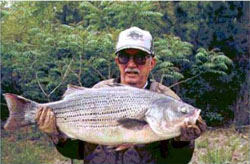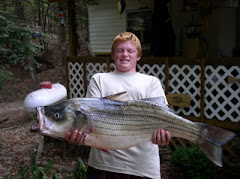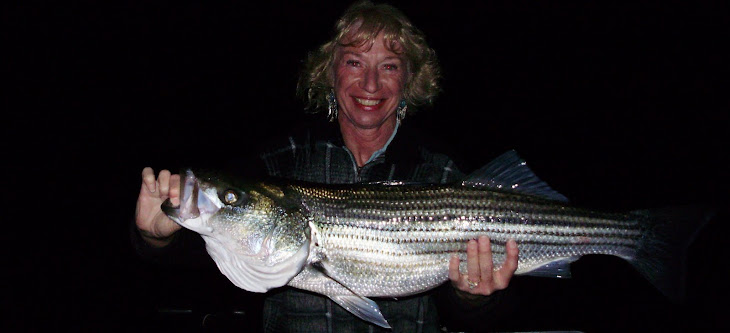Important info/links
Striped Bass management plan for arkansas.
Stop poaching hot line. 1-(800)482-9262 AT&T cell customers can dial: #847
Stop poaching hot line. 1-(800)482-9262 AT&T cell customers can dial: #847
_________________________________________________________
Knot of the month
courtesy of Mike Bailey
courtesy of Mike Bailey
The Rapala Fishing Knot
The Rapala knot provides a secure connection to your plugs and allows a more natural presentation of the lure.
__________________________________________________________
SEASONAL TACTIC'S
from Bailey's Beaver Lake Guide Service

Spring in Arkansas means rain, sometimes plenty of rain.
Many experienced anglers follow a technique of giving water in a lake or river a day or two to settle before fishing. When they hit the water, they keep incoming water in their game plans.
This means looking for runoff into creeks and little creeks flowing into big creeks and big creeks flowing into rivers and lakes. If somebody talks about fishing the mouths of creeks and coves, that’s the idea.
Water coming into a larger body of water brings food. Small bits of food attract small critters, insects and little fish, and these attract bigger fish, the predators.

Flatlines
Use flatlines or freelines to search for stripers holding near the surface or to pull active stripers from the depths. Flatlines consist of no weight or a single lead shot set about a foot above a single hook. Hook your biggest baits on flatlines to let the shad call stripers to them. Flatlines run within a few feet of the surface at 2 mph, but can be dropped to fish holding deeper by slowing the boat.
Use flatlines or freelines to search for stripers holding near the surface or to pull active stripers from the depths. Flatlines consist of no weight or a single lead shot set about a foot above a single hook. Hook your biggest baits on flatlines to let the shad call stripers to them. Flatlines run within a few feet of the surface at 2 mph, but can be dropped to fish holding deeper by slowing the boat.
__________________________________________________________
FISHIN' REPORT















